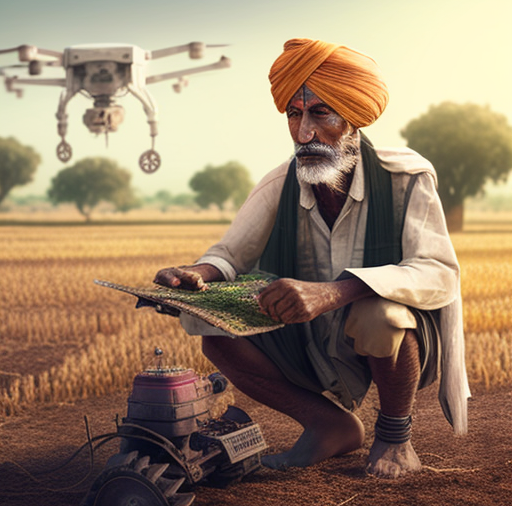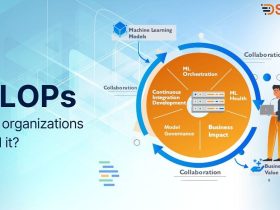In India, agriculture is the primary source of livelihood for over half of the population. However, the sector has faced numerous challenges, including low productivity, market inefficiencies, and inadequate access to information. With the rise of technology and digital solutions, Indian farmers now have a new tool to help them overcome these challenges – ChatGPT and KissanGPT.
What is ChatGPT and KissanGPT?
ChatGPT and KissanGPT are AI-powered chatbots that provide agricultural information and advisory services to Indian farmers. They are built on the GPT-3.5 architecture and use natural language processing to interact with farmers in their preferred language. These chatbots are accessible through various channels, including WhatsApp, Facebook Messenger, and SMS.
The Need for ChatGPT and KissanGPT
Indian agriculture is highly fragmented, with small landholdings and farmers lacking access to information, technology, and advisory services. Additionally, there is a significant digital divide in rural India, with many farmers lacking access to smartphones or the internet. ChatGPT and KissanGPT bridge this gap by providing agricultural information and advisory services in the local language and through basic mobile phones.
How ChatGPT and KissanGPT Work
ChatGPT and KissanGPT use natural language processing to interact with farmers and provide them with customized agricultural information and advisory services. Farmers can ask questions related to crop management, weather forecasts, market prices, and government schemes. The chatbots analyze the query and provide the farmer with relevant and personalized responses.
Benefits of ChatGPT and KissanGPT
- Increased Agricultural Productivity: With access to timely and accurate information, farmers can make informed decisions, leading to increased agricultural productivity and yields.
- Improved Market Efficiency: Farmers can access market prices and demand information, enabling them to make better decisions on crop selection and timing of sales.
- Better Risk Management: ChatGPT and KissanGPT provide farmers with weather forecasts and pest management advice, enabling them to mitigate risks and avoid crop losses.
- Accessible and Affordable: ChatGPT and KissanGPT are accessible through basic mobile phones and are free of cost, making them a valuable resource for small and marginal farmers.
Impact of ChatGPT and KissanGPT
Since their launch, ChatGPT and KissanGPT have had a significant impact on Indian agriculture. The chatbots have provided agricultural information and advisory services to over 10 million farmers across India, with the majority of users coming from rural areas.
The chatbots have also played a crucial role in disseminating information during the COVID-19 pandemic, providing farmers with updates on government schemes and COVID-related guidelines.
Future of ChatGPT and KissanGPT
The success of ChatGPT and KissanGPT has sparked interest in similar initiatives across the world. The chatbots have shown the potential for AI-powered solutions to improve agricultural productivity and livelihoods.
In the future, ChatGPT and KissanGPT plan to expand their services to include more languages and increase the scope of information and advisory services provided.
Conclusion
ChatGPT and KissanGPT have revolutionized agricultural communication in India, providing farmers with access to timely and accurate information through an AI-powered chatbot. The chatbots have improved agricultural productivity, market efficiency, and risk management, making them a valuable resource for Indian farmers. With the success of ChatGPT and KissanGPT, AI-powered solutions are likely to play an increasingly crucial role in the future of agriculture.












Leave a Reply